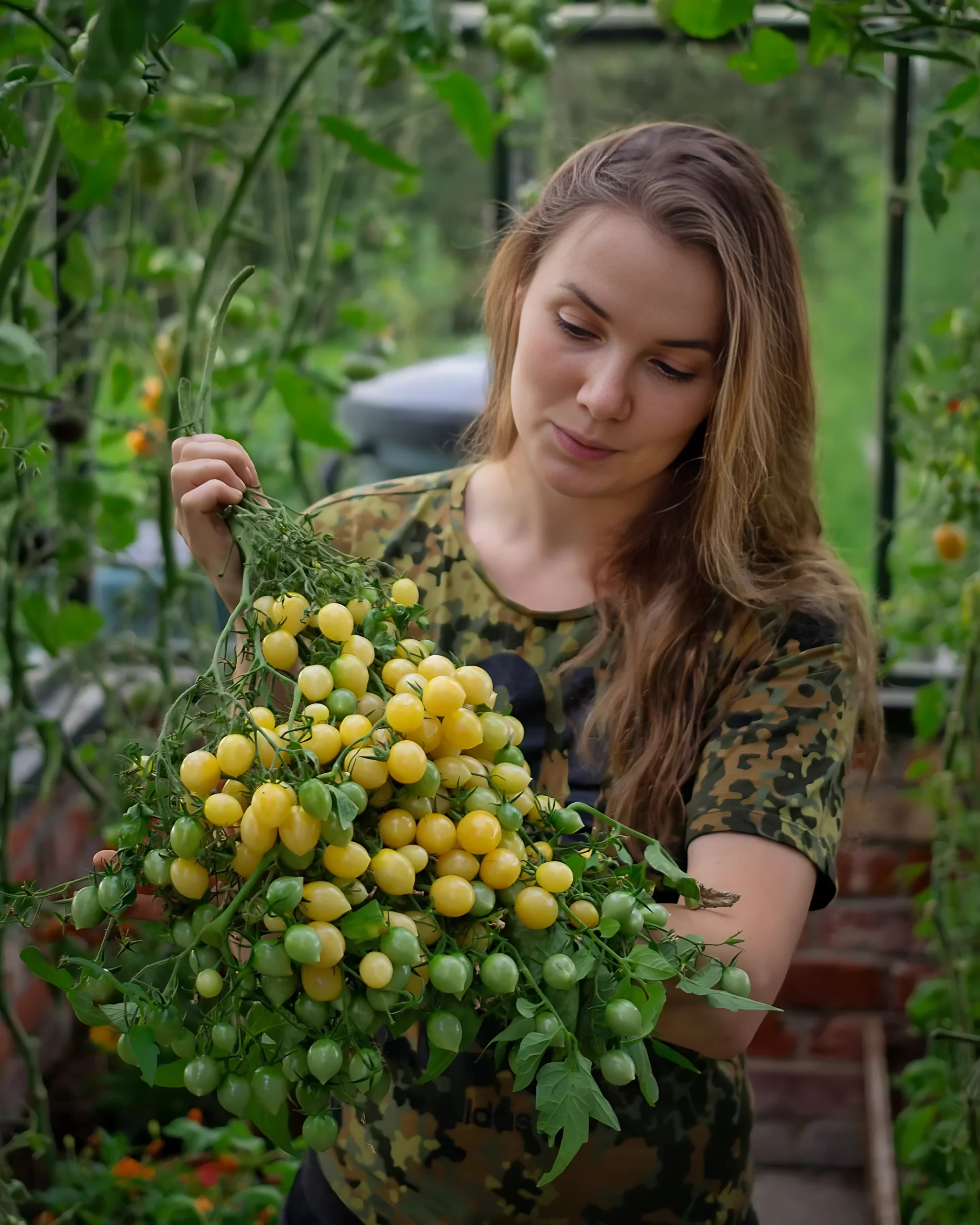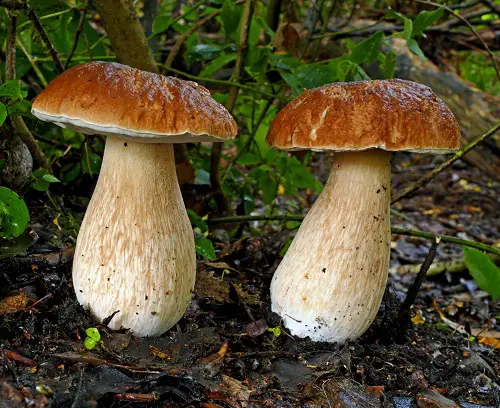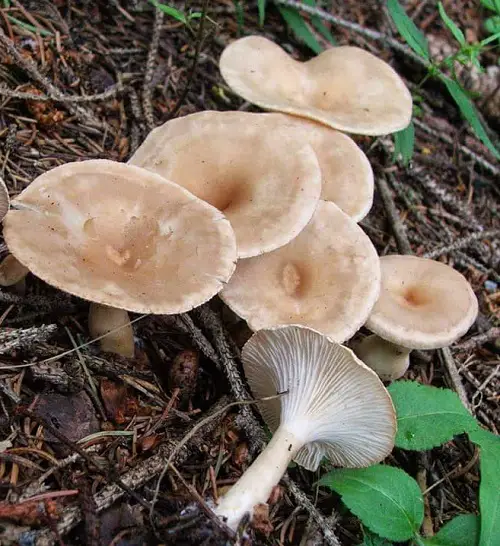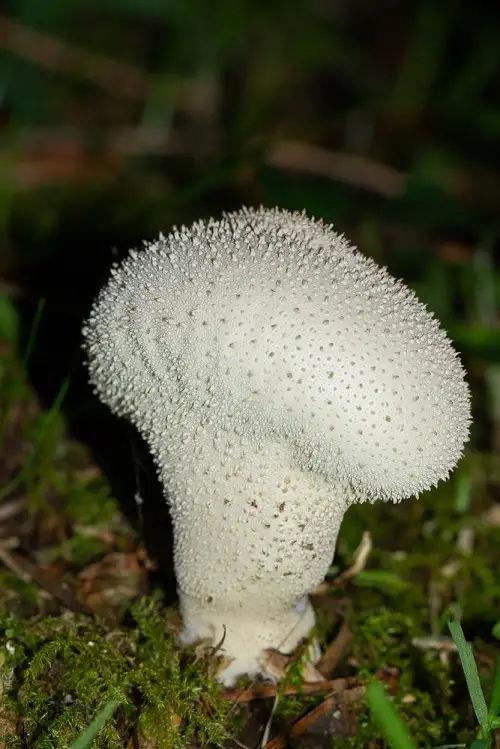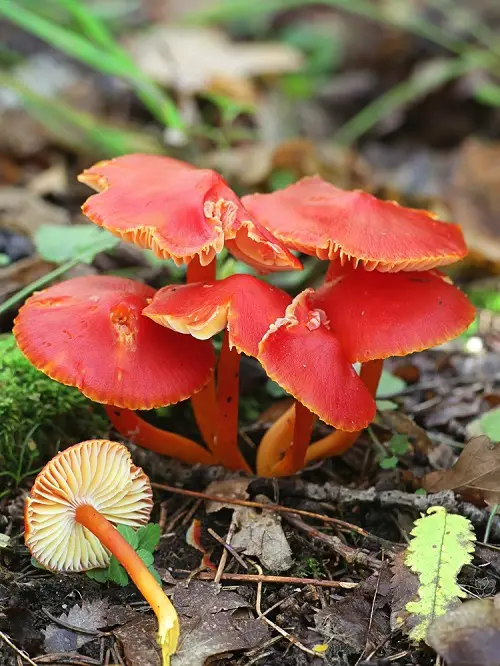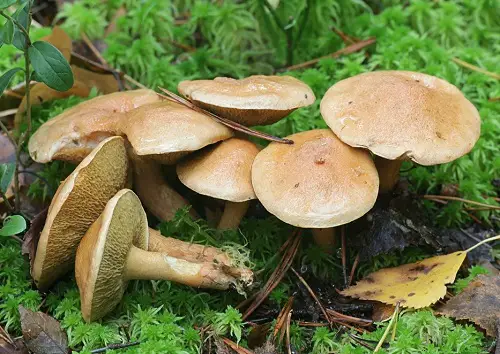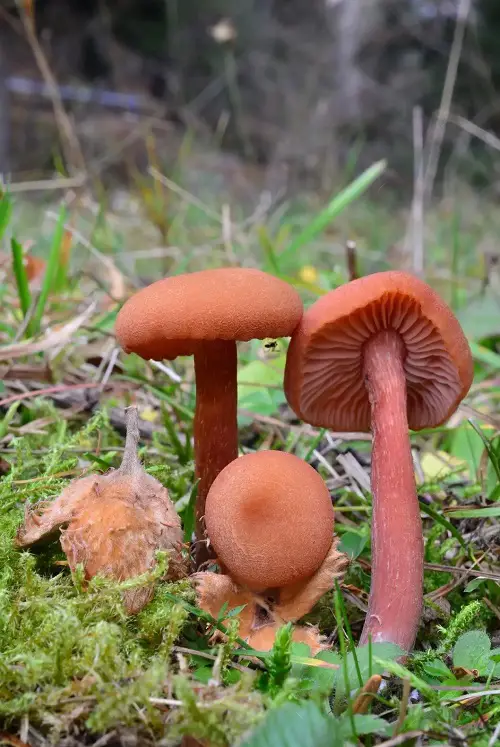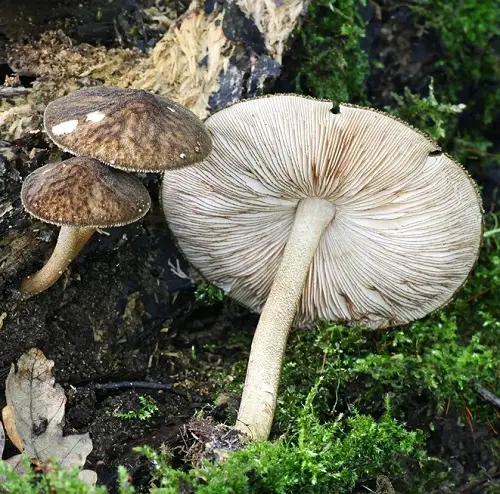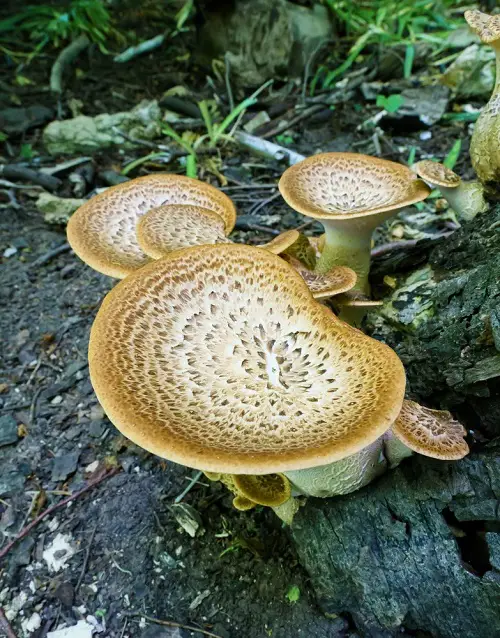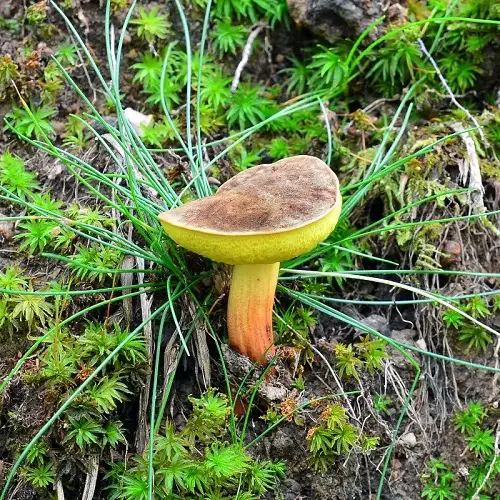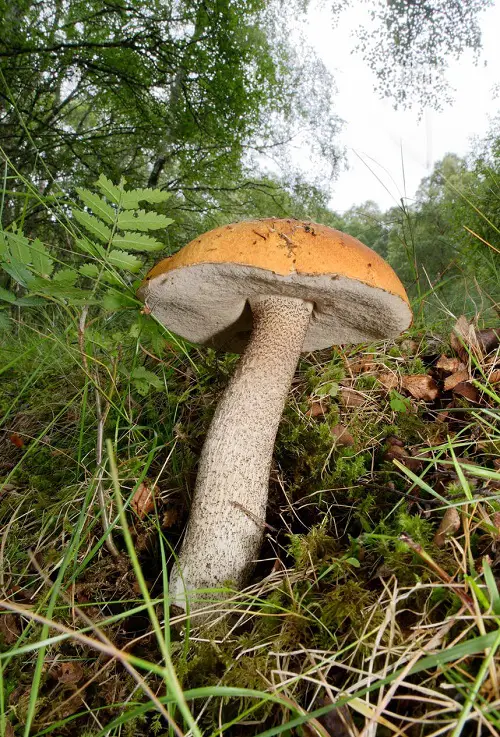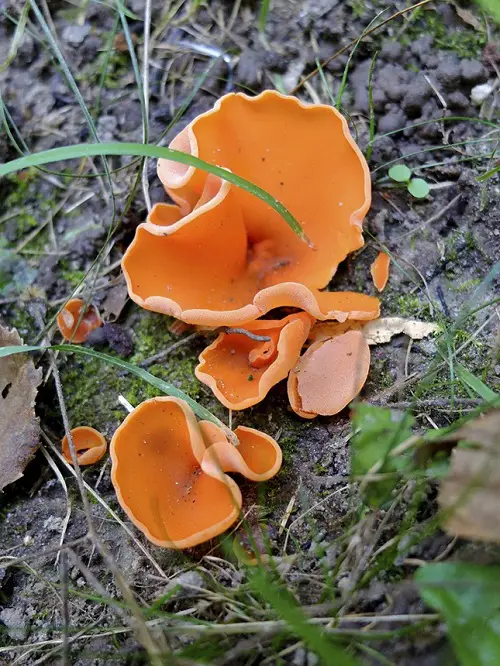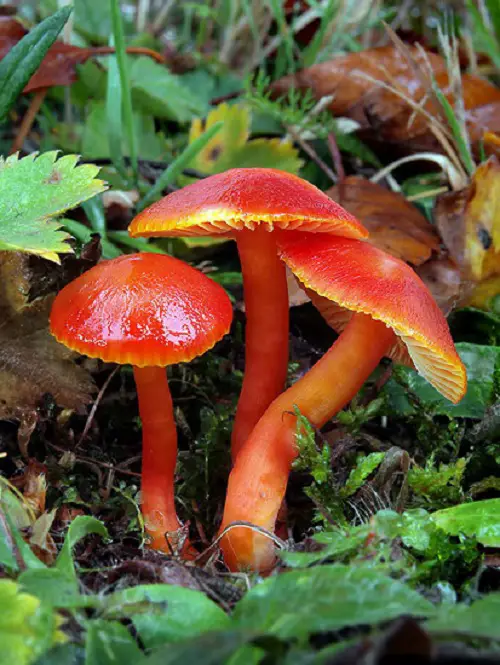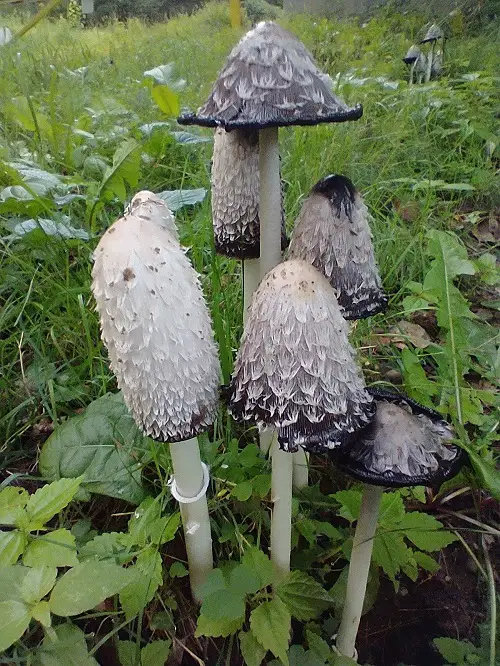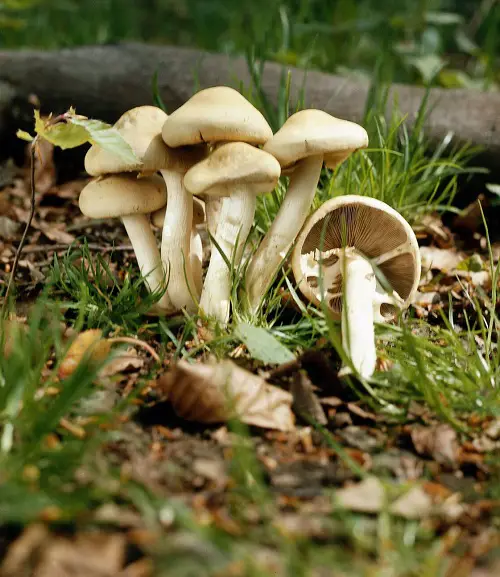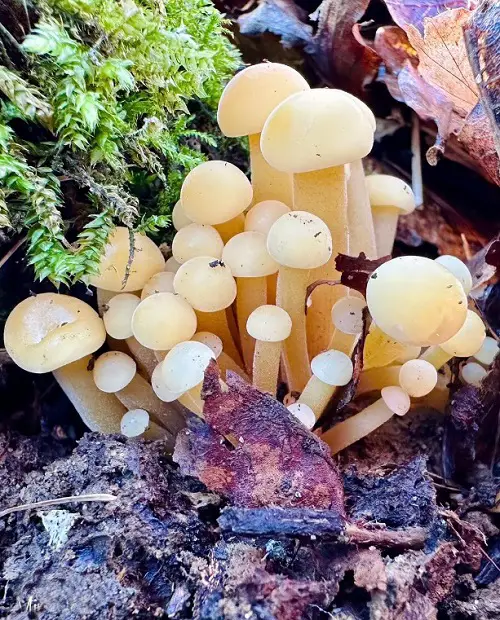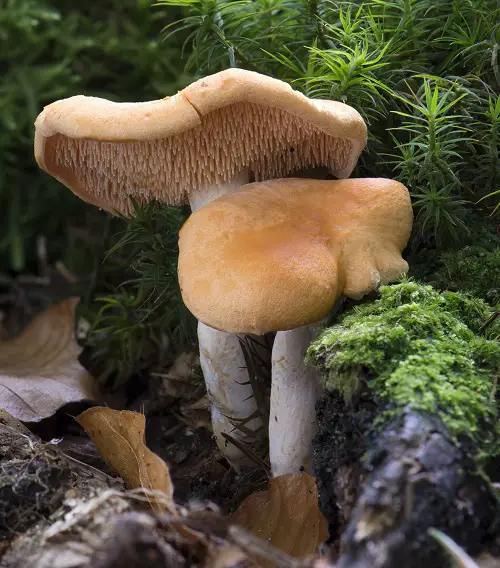Discover the diverse world of Common Mushroom Names, from enchanting to unique, and explore the fascinating world of fungal nomenclature.
Enter the fascinating realm of Common Mushroom Names, where you’ll encounter a delightful assortment of captivating and interesting labels.
Common Mushroom Names
1. Amethyst Deceiver
Season: Jul-Dec
First on the list of common mushroom names is a prevalent lilac mushroom. Before cooking, simply remove the stem and don’t anticipate an abundance of flavor.
2. Aniseed Funnel / Blue-Green Funnel
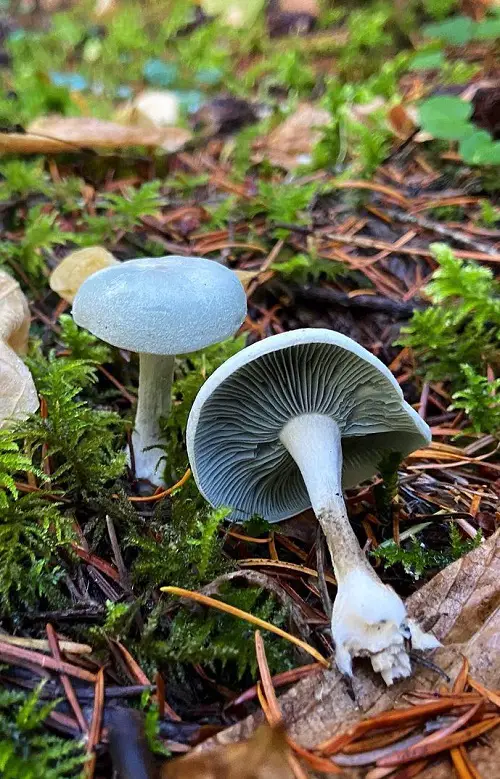
Season: Aug-Nov
One can frequently discover a pale blue mushroom with a rippled edge in deciduous woods, which possesses a distinctive aniseed flavor that lends itself to its name.
3. Autumn Chanterelle

Season: Sep-Nov
Another common mushroom names, this one is characterized by its distinct gill ridges. This species is closely related to the renowned chanterelle.
4. Bay Bolete
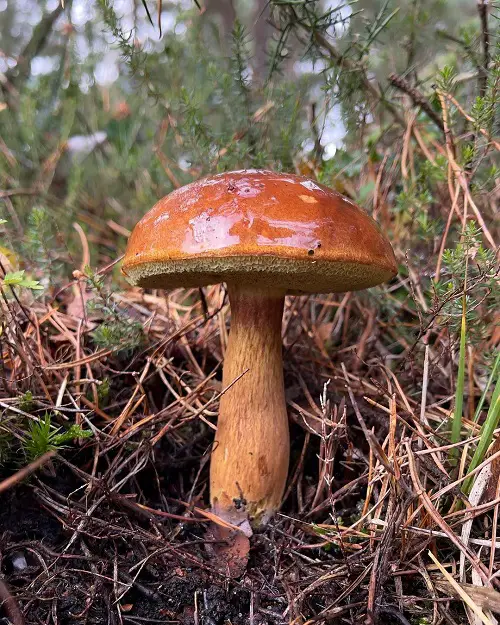
Season: Aug-Nov
Found abundantly in mixed woodland, this mushroom showcases a light brown underside and a dark brown cap.
5. Beefsteak Fungus / Ox’s Tongue
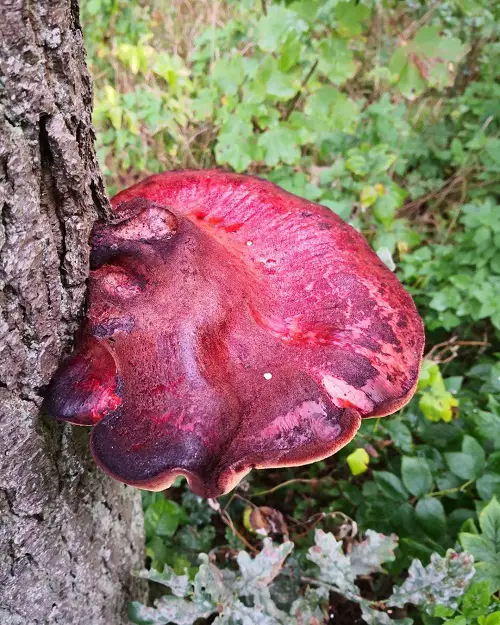
Season: Jul-Oct
With its wide cap and deep red-brown hue, this mushroom is commonly spotted on oak and chestnut trees. However, it doesn’t boast an extraordinary flavor worth raving about.
6. Blusher

Season: Jul-Nov
One of the common mushroom names, this one is edible but requires a specific cooking process. It must be parboiled and then cooked separately from the water.
7. Brown Birch Roughstalk / Brown Birch Bolete

Season: Jul-Oct
Although it tends to have a slightly slimy texture, this off-white mushroom with a walnut brown hue offers a delightful flavor.
8. Cauliflower Fungus

Season: Sep-Nov
Clean this large, pale cream-colored mushroom thoroughly to remove dirt and debris from its fronds. Frequently found around pines.
9. Cep / Porcini / Penny Bun Bolete
Season: Jul-Nov
Frequently encountered in mixed woodland, this mushroom is highly sought-after due to its exceptional flavor and remarkable adaptability in various dishes.
10. Chanterelle / Girolle
Season: Jun-Nov
This mushroom is a common ingredient in cooking, praised for its outstanding flavor. It has unmistakable wavy yellow gills and stem.
Find Harvesting Magic Mushrooms here
11. Charcoal Burner / Blue-Yellow Brittle Gill / Parrot Russula
Season: Jul-Nov
Next on the list of common mushroom names, this mushroom species is frequently observed in the vicinity of deciduous trees, adding to its commonality.
12. Chicken Of The Woods / Sulphur Polypore
Season: May-Sep
Visually captivating, it showcases abundant orange-yellow clusters with no discernible stem. You can commonly find this intriguing mushroom species on oak and yew trees.
13. Common Funnel
Season: Aug-Dec
Its cap displays an irregular shape and is slightly darker than the stem, adding to its distinctive appearance.
14. Common Puffball
Season: Jul-Oct
This mushroom earns its name from its domed cap, which gives it a puffed appearance. However, its weak flavor is the reason behind its limited renown.
Check out Names of 49 Fruits That Start With C here
15. Crimson Waxcap
Season: Sep-Nov
Another common mushroom names, this one stands out thanks to its red, frilly cap resting upon a yellowy stem.
16. Cow Bolete / Bovine Bolete
Season: Sep-Dec
Commonly found near pine trees, this small mushroom exhibits a color resembling that of straw. As it matures, it gradually transitions to an olive hue.
17. Deceiver
Season: Aug-Nov
Often discovered in groups within the woodland, this mushroom displays a wavy tan appearance with a frilly cap.
Check out 14 Eye Catching Flowers That Start with ‘J’ here
18. Deer Shield / Fawn Shield Cap
Season: Apr-Nov
This mushroom exhibits a tightly domed dark grey cap that gradually flattens and turns brown as it matures. It is commonly encountered on decaying wood.
19. Dryad’s Saddle
Season: May-Aug
Next on common mushroom names is Dryad’s Saddle. This mushroom has the potential to grow to a substantial size, characterized by a cap adorned with distinctive concentric ring.
20. Fairy Ring Champignon
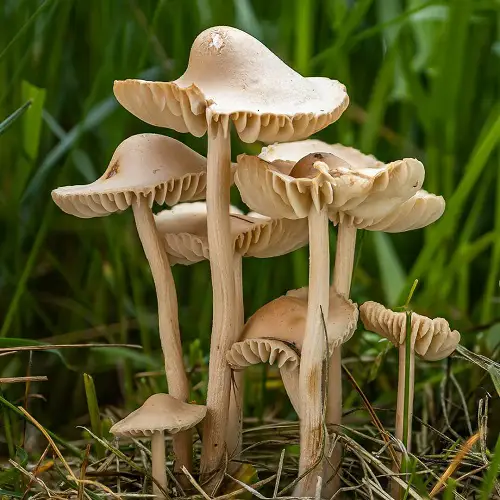
Season: May-Nov
With a light brown hue, these mushrooms feature bell-shaped caps that gradually flatten as they mature. The undersides are frilly in appearance.
21. Field Blewit / Blue Leg
Season: Sep-Dec
This mushroom exhibits a grey-brown color with paler edges and tends to be fairly large in size. It offers a good flavor, but it’s important to ensure thorough cooking.
22. Field Mushroom

Season: Jul-Nov
Abundantly found in pasture land, this mushroom is characterized by its white color and deep brown fronds located beneath the cap.
23. Flesh-Brown Blewit

Season: Sep-Dec
Despite its somewhat morbid name, this mushroom is actually quite delightful when cooked (please refrain from consuming it raw!).
24. Giant Puffball

Season: Jul-Oct
Earning its name with merit, this mushroom can reach an impressive diameter of up to 80cm! It’s spherical shape and white color further exemplify its distinctive appearance.
25. Glistening Inkcap
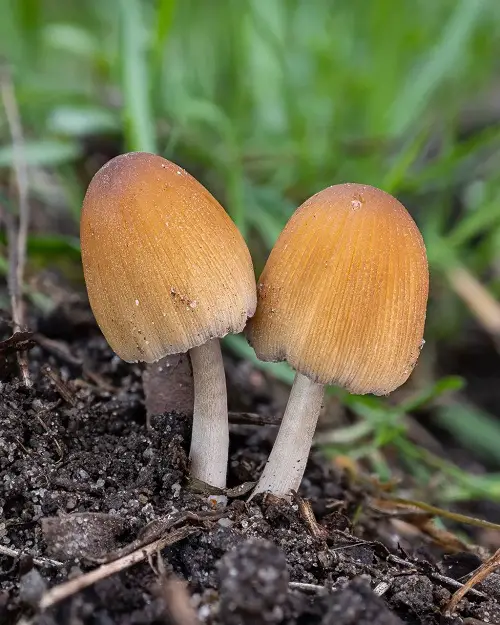
Season: Apr-Oct
Another common mushroom names, these resemble small bells, and are commonly found on decaying wood. It is crucial to selectively pick and consume only those with white gills.
26. Great Wood Mushroom / Scaly Wood Mushroom
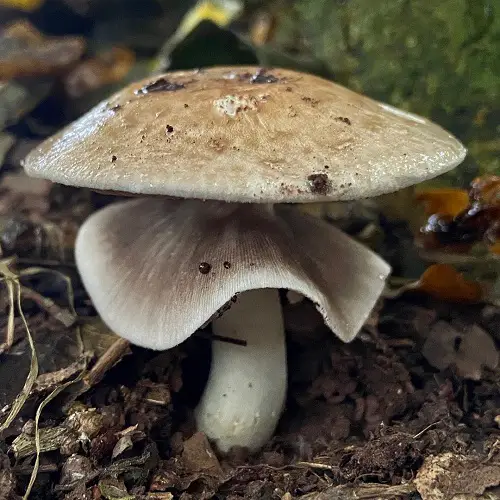
Season: Aug-Oct
This mushroom, commonly encountered in the wild, shares both flavor and characteristics akin to farmed mushrooms found on supermarket shelves.
27. Hen Of The Woods
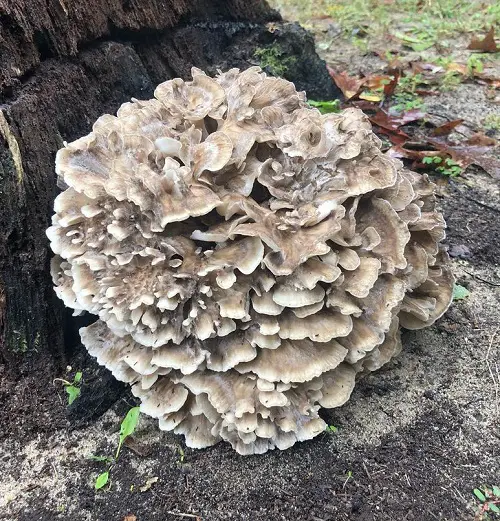
Season: Aug-Nov
Grown at the bases of oak and beech trees, this mushroom forms a cluster of gray-brown caps with distinctive wavy edges supported by a central stem.
28. Honey Fungus / Boot-Lace Fungus

Season: Aug-Nov
This mushroom earns its name due to its honey-colored appearance and tends to grow in large clusters or bunches.
29. Jew’s Ear / Ear Fungus
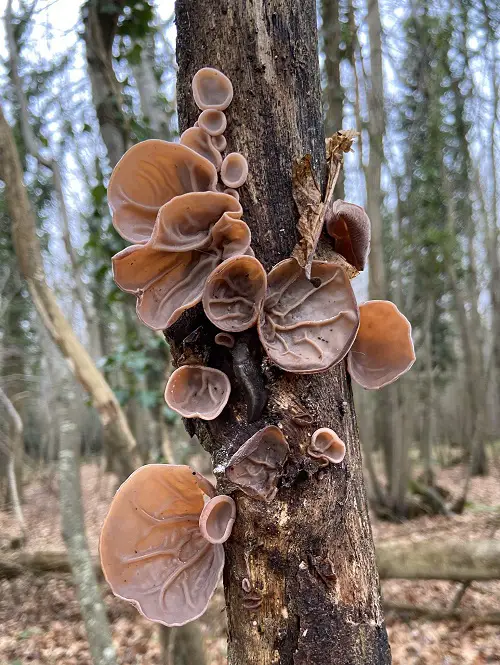
Season: All year
This mushroom, despite its antiquated name and relatively mild flavor, is extensively utilized in Asian cuisine for its unique texture.
Learn Growing Mushrooms in Coffee Grounds here
30. Larch Bolete
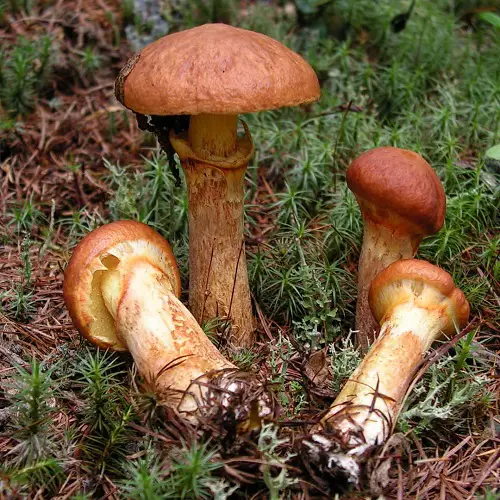
Season: Aug-Nov
Next on the list of common mushroom names, this one showcases a yellow cap with irregular angling, accompanied by a slightly paler stem.
31. Matt Bolete
Season: Jul-Nov
Commonly found in deciduous woods, this bolete mushroom displays a yellow hue adorned with tiny red dots.
32. Meadow Puffball
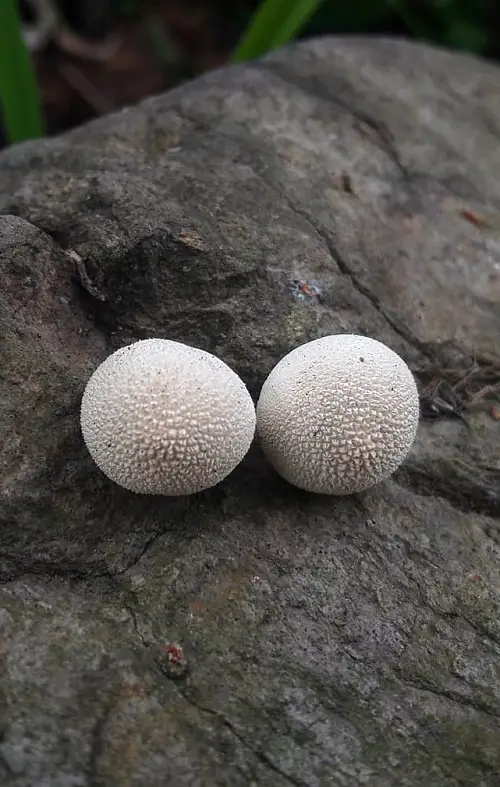
Season: Jul-Nov
Before cooking, it is essential to carefully inspect this mushroom, as a consistent white color indicates its suitability for consumption. .
33. Meadow Waxcap / Buff Meadow Cap
Season: Sep-Nov
This mushroom possesses a mild flavor that improves with extended cooking. It is characterized by its small size, apricot coloration, and distinct ridges beneath the cap.
34. Morel
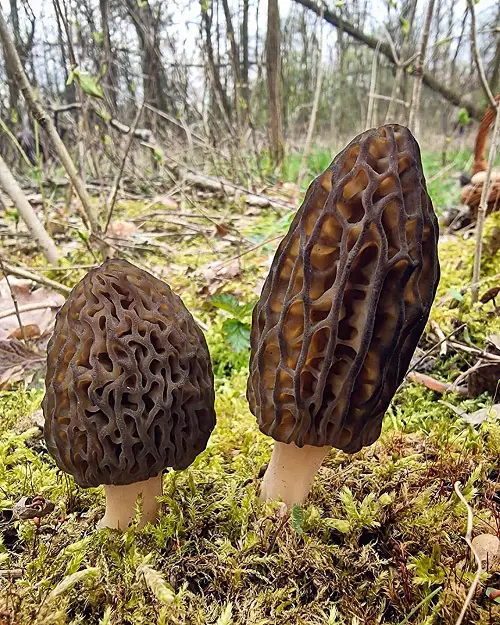
Season: Apr-Jun
Another common mushroom names, culinary enthusiasts will undoubtedly recognize this highly sought-after and delectable mushroom, celebrated by chefs worldwide.
35. Mosaic Puffball
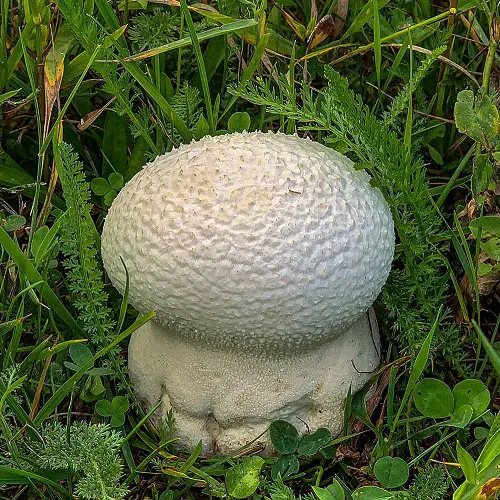
Season: Jun-Nov
Similar to the meadow puffball, it is crucial to inspect this mushroom for consistent white coloration throughout, discarding it if absent.
36. Oak Bolete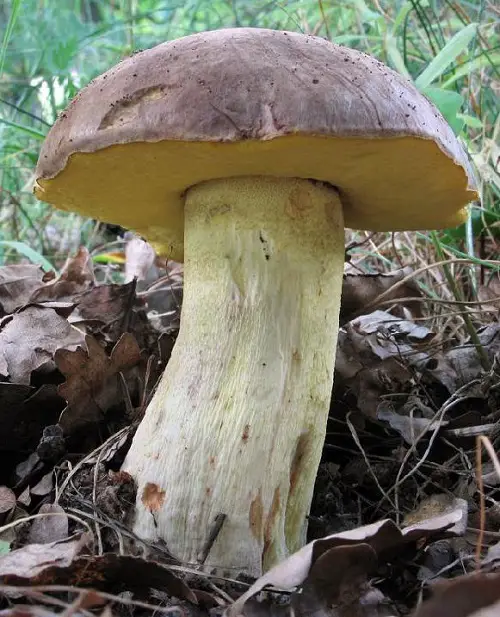
Season: Aug-Oct
This bolete mushroom features a cap with variable colors, often displaying a lemon-yellow hue. Although rare, it can be found near oak trees.
37. Ochre Brittle Gill / Common Yellow Brittle Gill
Season: Aug-Nov
As this mushroom matures, its cap gradually flattens and develops a lower center. Sporting a pale cream color, it carries a bitterness that can be mitigated by parboiling.
38. Orange Birch Roughstalk
Season: Jul-Nov
Next on the list of common mushroom names, this large mushroom exhibits a dome-shaped cap that may feature scales.
39. Orange Peel Fungus
Season: Jun-Oct
Boasting an unusual shape reminiscent of orange peel, this mushroom stands out with its vibrant orange coloration. It thrives on earth or grass.
Learn If You Have a Few Buckets You Can Use Them These 20 Ways In The Garden here
40. Oyster Mushroom

Season: All year
This mushroom is widely utilized in Asian cuisine and is recognized for its typically wavy cap and variable coloration.
41. Parasol Mushroom
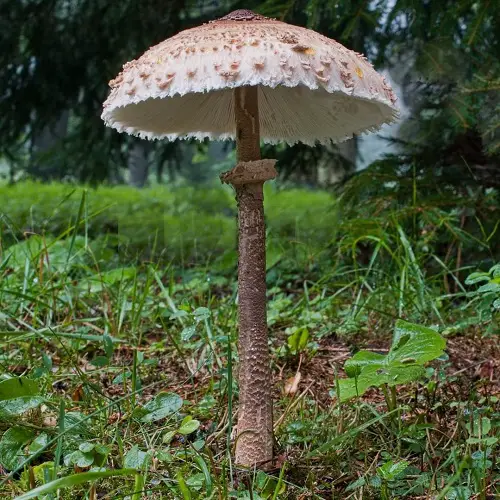
Season: Jul-Oct
Renowned for its exceptional flavor, this mushroom, characterized by its unique egg-shaped cap that unfurls into a parasol shape.
42. Pestle Puffball
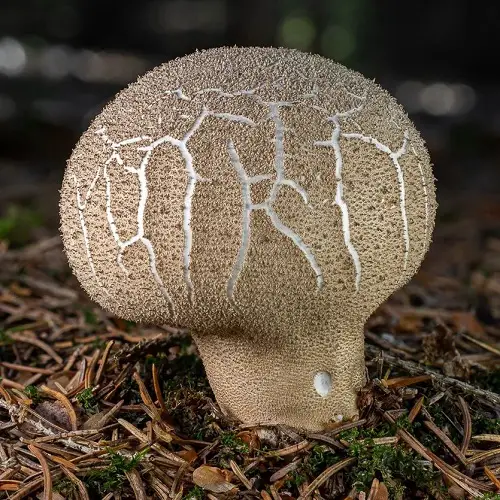
Season: Aug-Nov
Initially appearing white and gradually darkening with age, this mushroom showcases a minimal width difference between its cap and stem.
43. Red Cracking Bolete
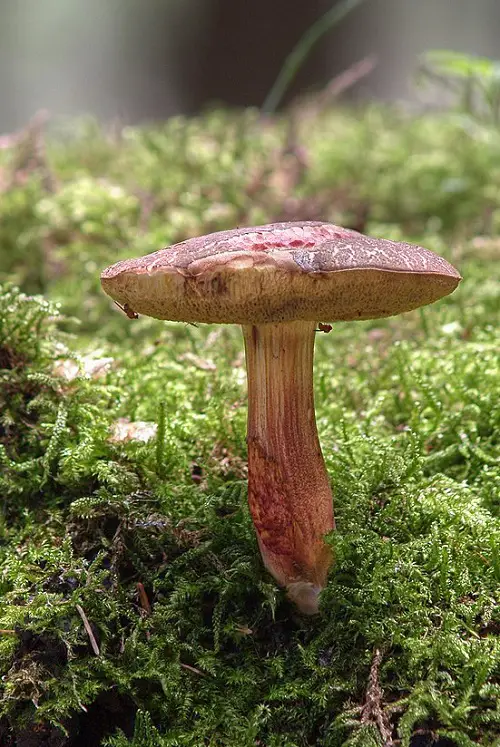
Season: Aug-Nov
Another common mushroom names, this brown bolete mushroom features a yellow stem. Despite its common occurrence, it is not particularly appetizing.
44. Saffron Milkcap / Red Cracking Bolete
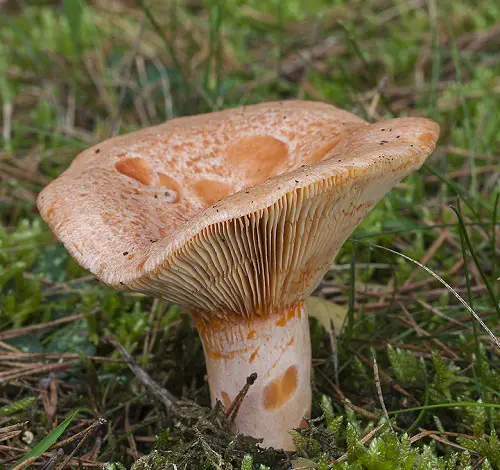
Season: Aug-Oct
Exercise caution when using this mushroom in dishes, as it has a vibrant orange hue that can be quite intense. Its saffron-like coloration is what lends it its name.
45. Scarlet Waxcap
Season: Sep-Nov
Although it may not appear immediately appetizing due to its bright red, bell-shaped appearance, this mushroom is indeed edible.
46. Shaggy Inkcap / Lawyer’s Wig
Season: Aug-Nov
This mushroom stands tall, showcasing a white coloration that gradually transforms into black as it ages. It is exclusively edible when it maintains its white hue.
47. Shaggy Parasol

Season: Jun-Oct
As it matures, this mushroom undergoes a transformation from an egg-shaped cap to a parasol shape. It is primarily white in color, adorned with mottling on the cap.
48. Slender Parasol

Season: Aug-Nov
True to its name, this common mushroom name variety boasts a taller and slimmer stature compared to others. Its cap is notably flatter as well.
49. Slippery Jack

Season: Sep-Nov
This captivatingly named mushroom exhibits a slimy texture when wet yet retains a shiny appearance when dry. It features a chestnut-colored cap and a yellow stem.
Learn Top Tips on Harvesting Coffee here
50. Snowy Waxcap
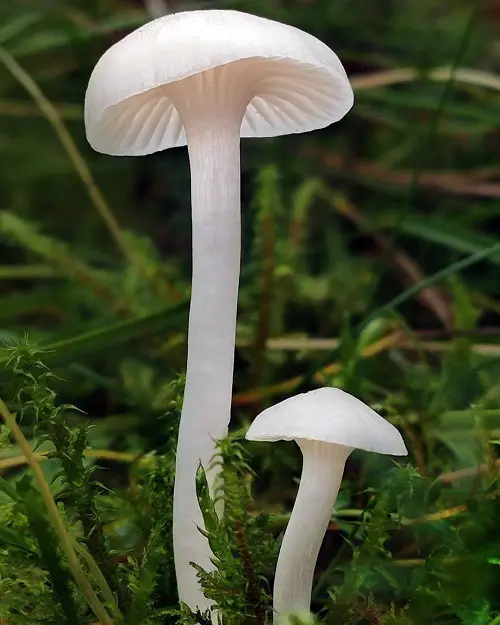
Season: Sep-Nov
One of the common mushroom names, it is characterized by its small size, white coloration, and frond-like structures underneath the cap.
51. St George’s Mushroom
Season: Apr-Jun
The origin of the association between St. George and this mushroom remains uncertain, but its white cap with a slightly wavy rim is notably distinctive.
52. Stump Puffball
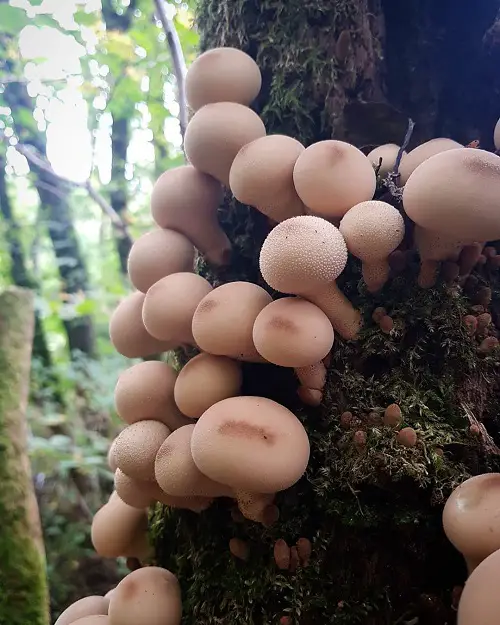
Season: Jul-Nov
Belonging to the puffball family, this mushroom is of smaller size. It features a white, spherical cap and a short stem, and it is highly prevalent on decaying wood.
53. Terracotta Wood Urchin / Terracotta Hedgehog
Season: Jul-Nov
This mushroom is aptly named after its orange-brown cap, which is a defining characteristic. What sets it apart further are the spines beneath the cap.
54. The Miller
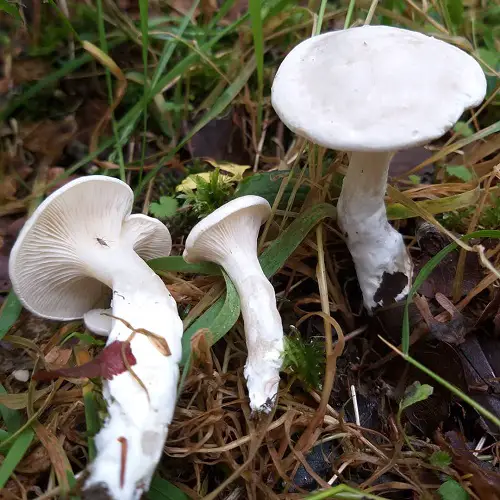
Season: Jul-Nov
Next on the list of common mushroom names, this small yet delectable mushroom displays a pale grey coloration and features an off-center stem.
55. The Prince

Season: Aug-Oct
This mushroom boasts a considerable size, characterized by a yellow-brown cap adorned with scales. Its tall stem also exhibits a slight scaliness.
56. Trooping Funnel
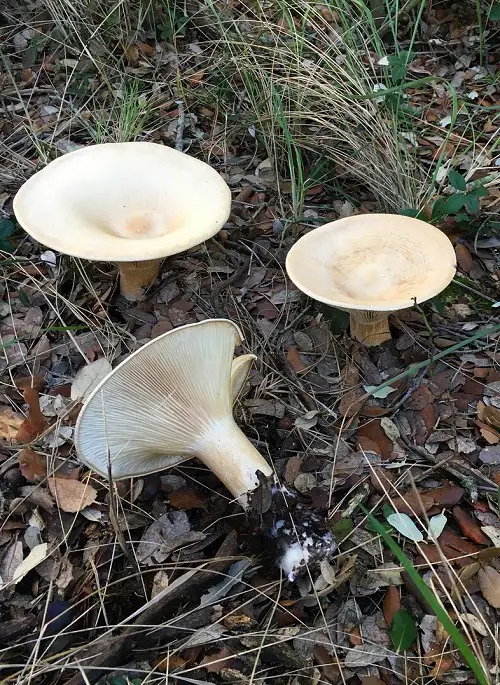
Season: Sep-Nov
This mushroom showcases a dome-shaped cap that gradually flattens as it matures, eventually resulting in upward-pointing edges resembling a funnel.
57. Two-Toned Scalehead / Sheathed Woodtuft / Velvet Toughshank
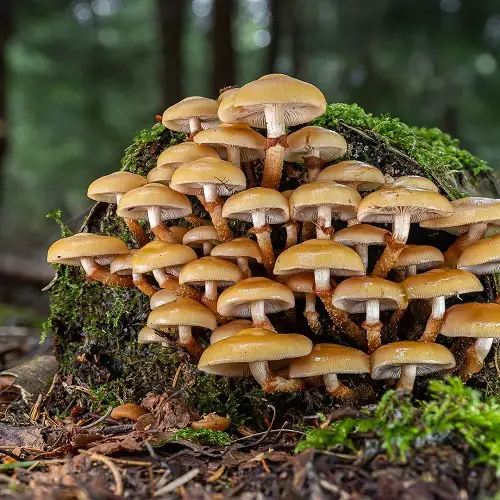
Season: May-Dec
Growing in large clusters, this mushroom features a bell-shaped cap that later flattens out. Its ochre coloration is accentuated by orange hues.
58. Velvet Shank
Season: Sep-Mar
Another common mushroom names, it is easily recognized by its sticky texture and vibrant orange color that gradually transitions to white.
59. Velvet Shield
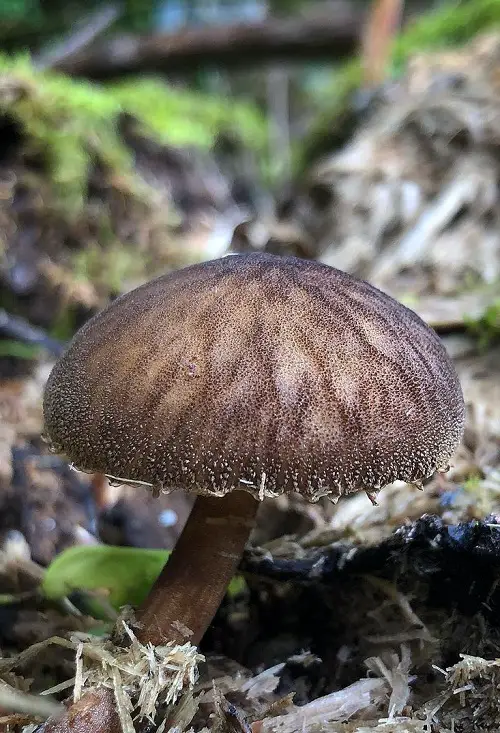
Season: Aug-Nov
Featuring a brown cap with distinct ridges, this mushroom initially presents as a shallow dome and eventually flattens as it matures.
60. Wood Blewit

Season: Sep-Dec
This mushroom displays a unique coloration, combining shades of brown with hints of purple. It offers a delightful flavor.
61. Wood Mushroom
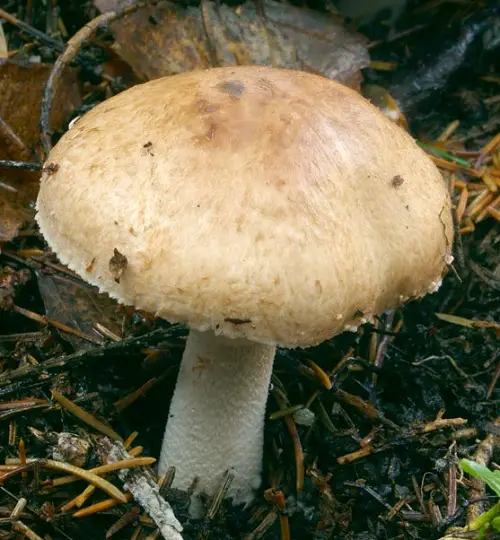
Season: Aug-Nov
Occasionally spotted in mixed woodland, this mushroom shares both the taste and characteristics of the mushrooms commonly found in supermarkets.
62. Wood Urchin / Pied De Mouton / Wood Hedgehog
Season: Jul-Nov
Last on the list of common mushroom names, this mushroom exhibits a striking color palette that includes shades of pink and orange.

